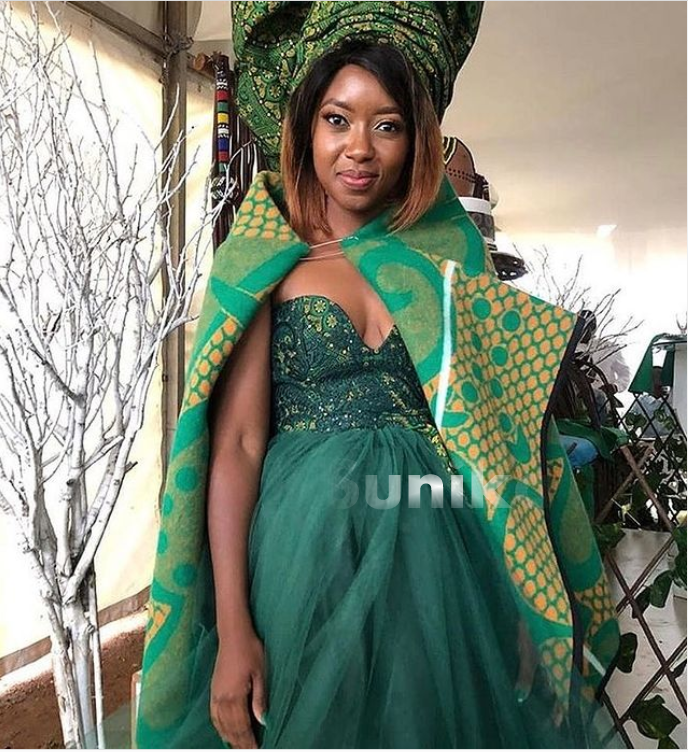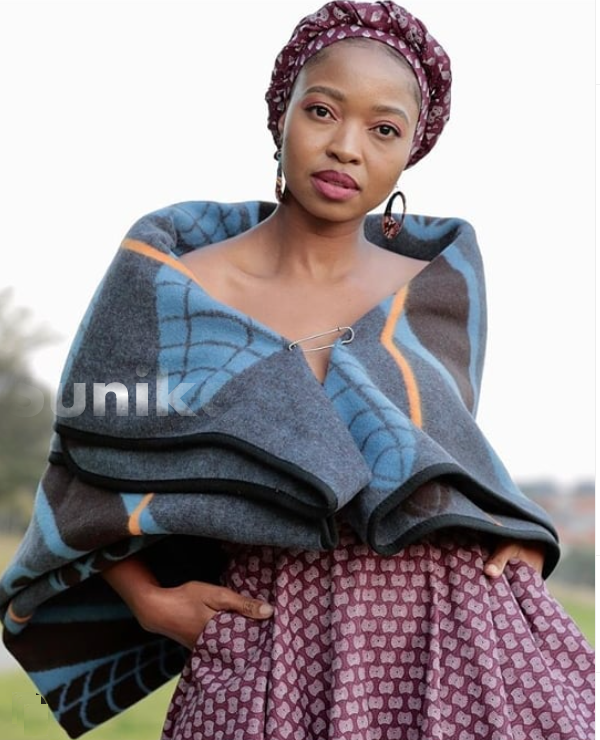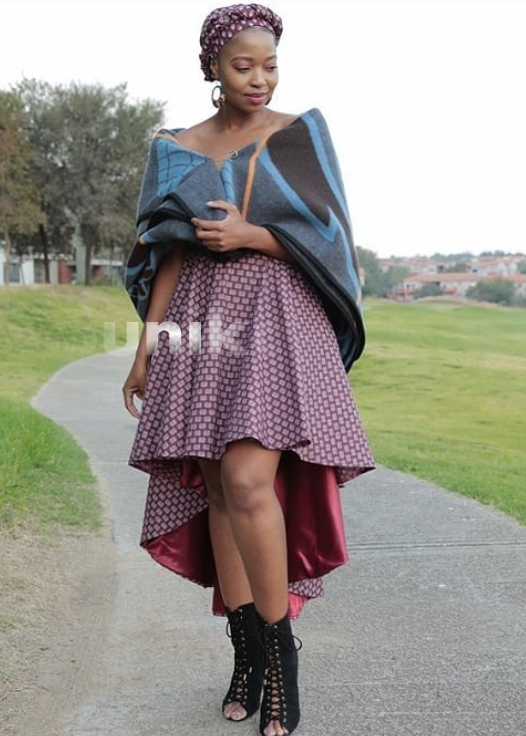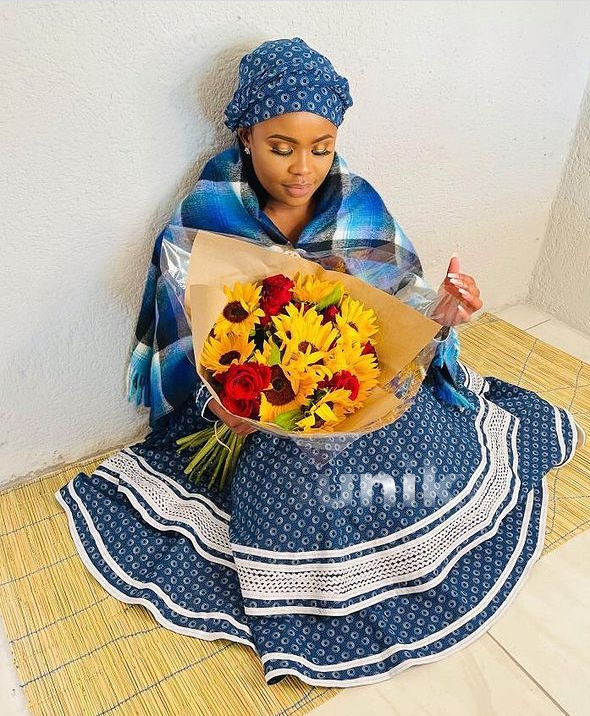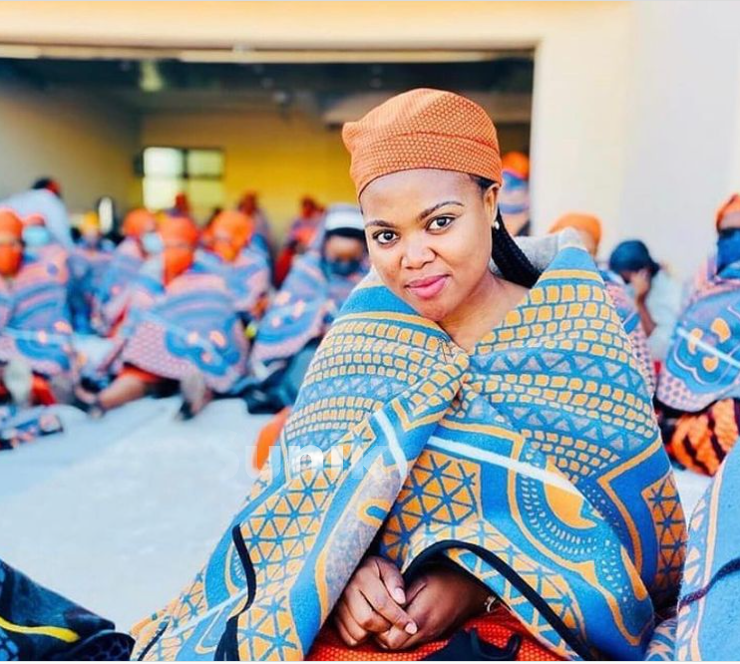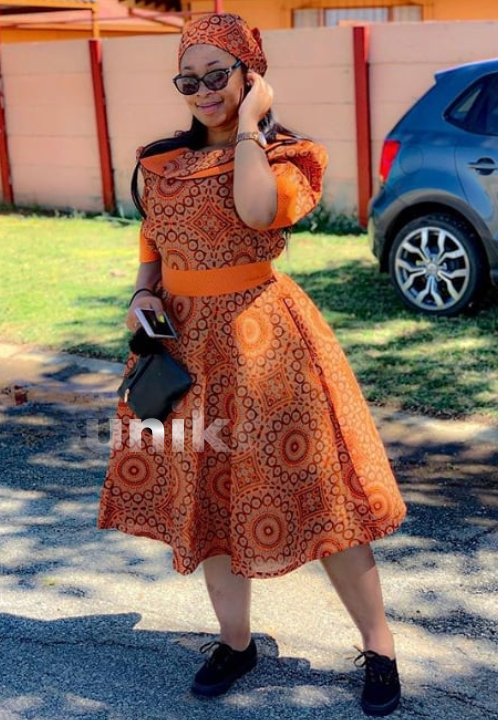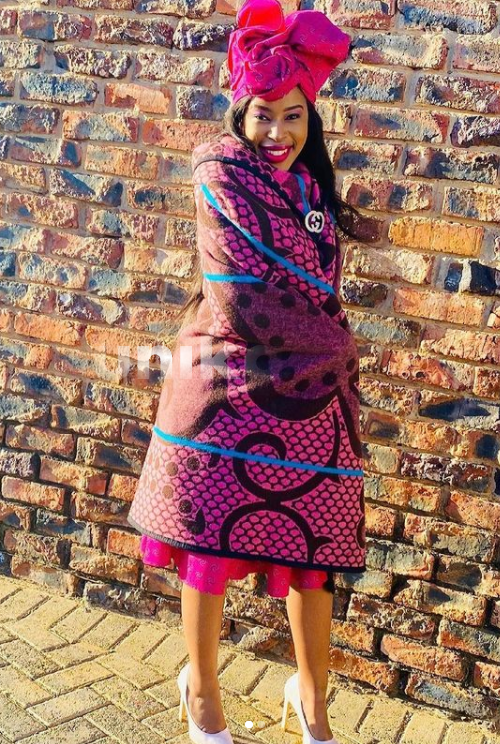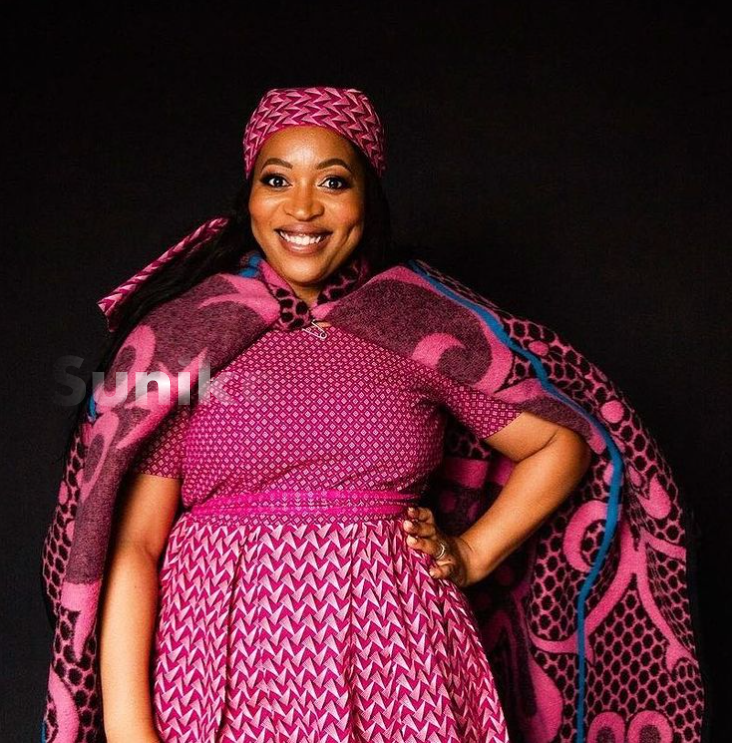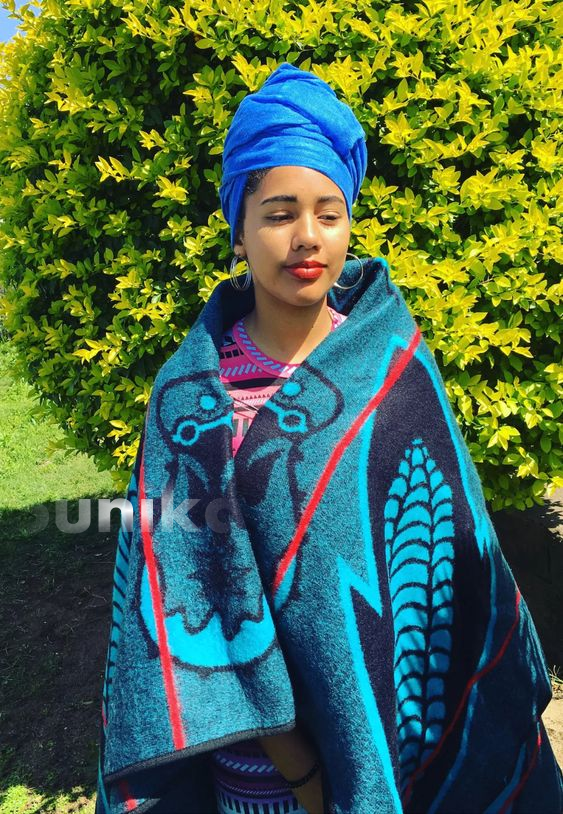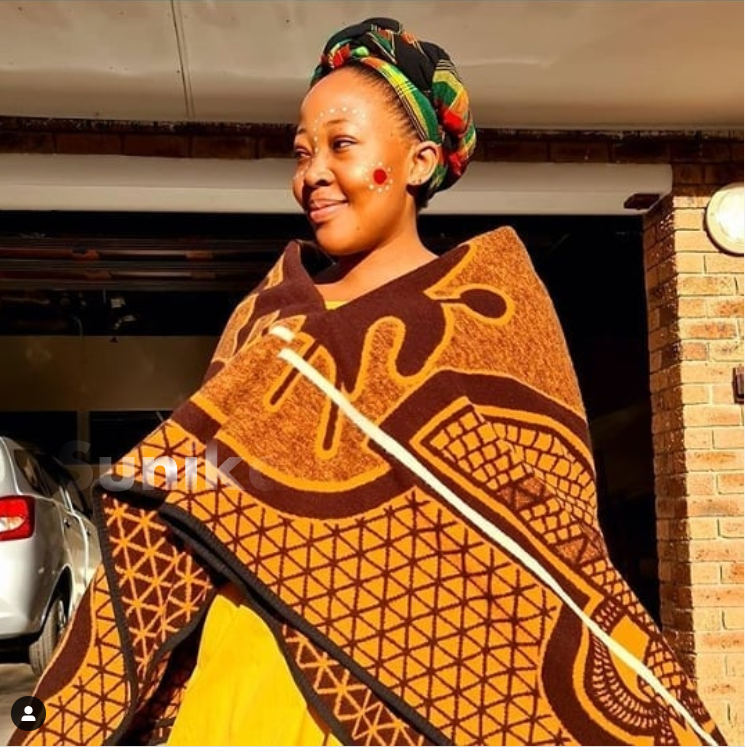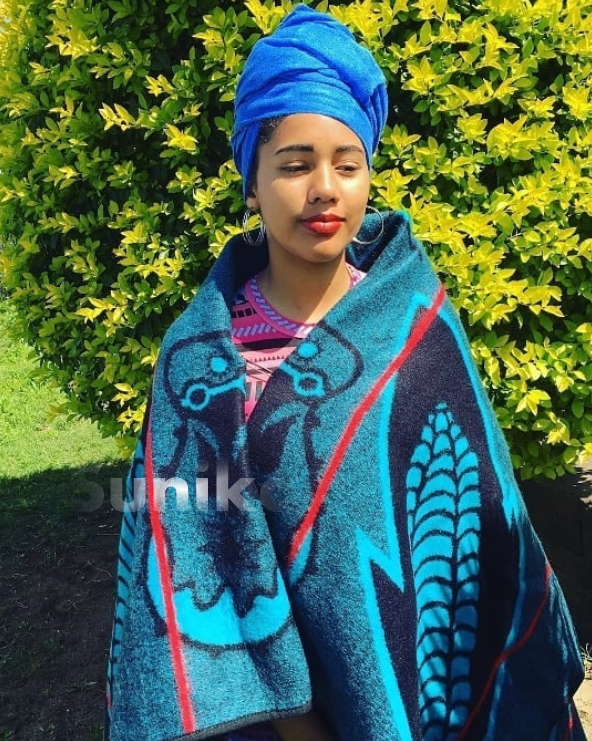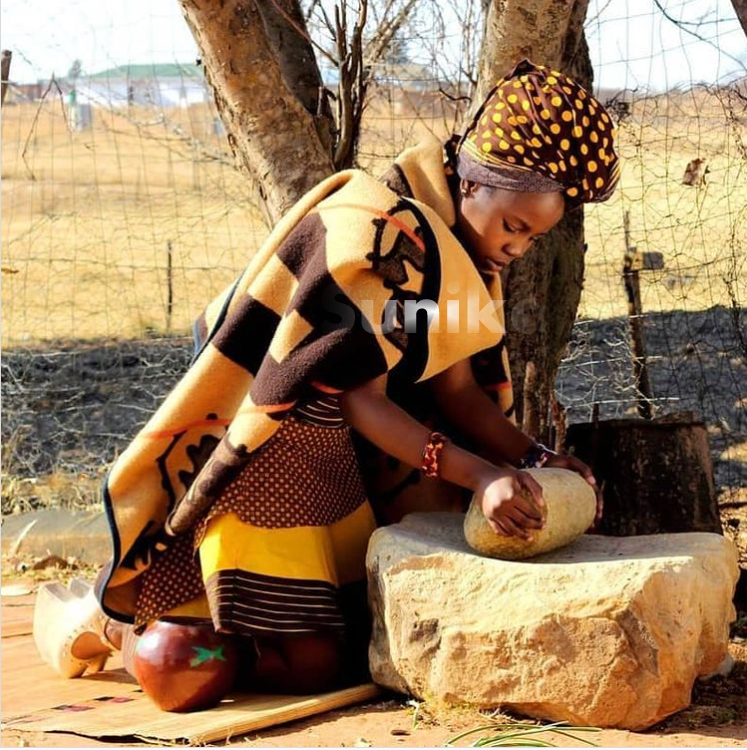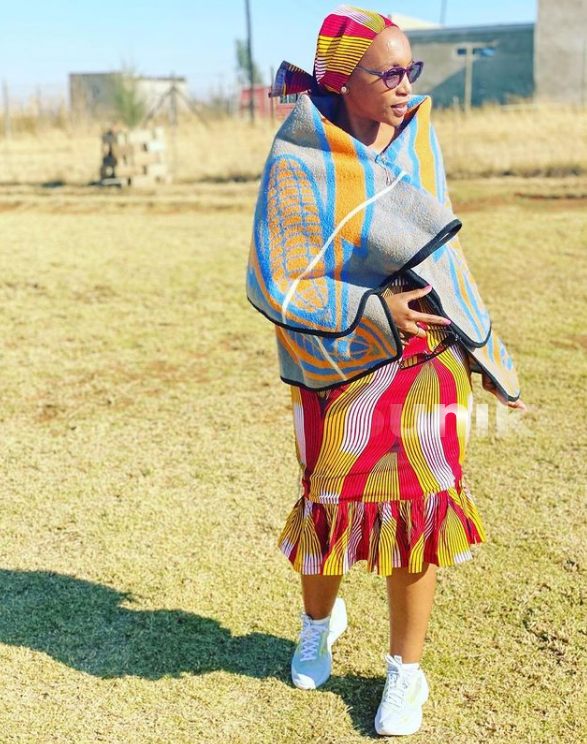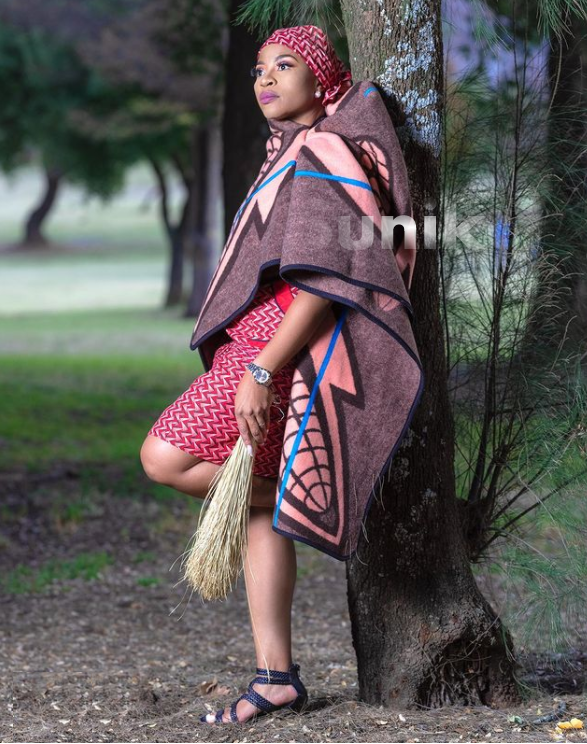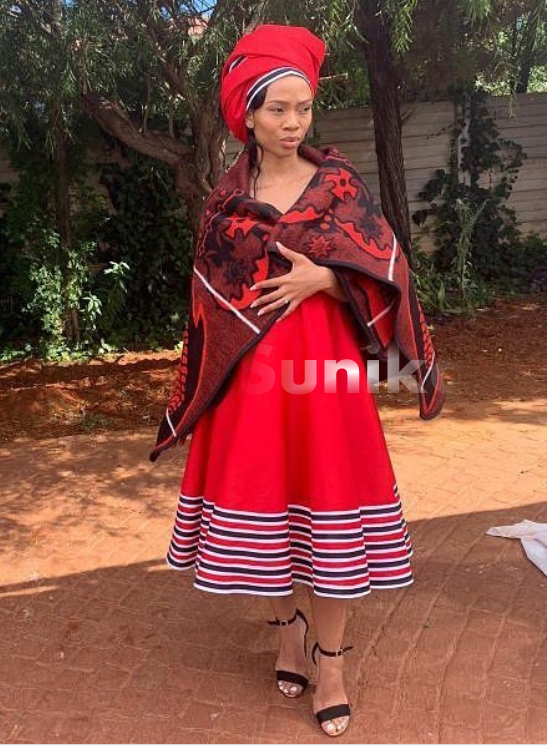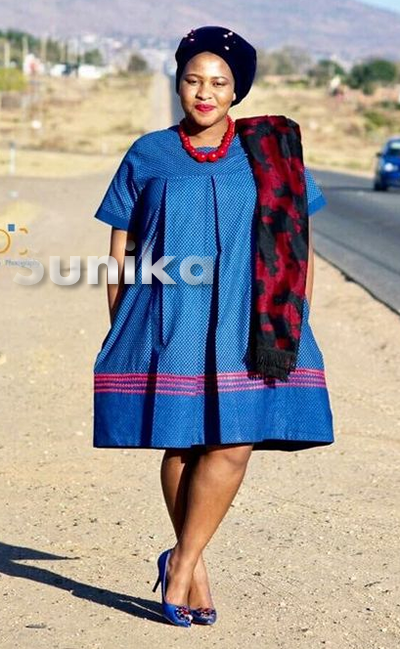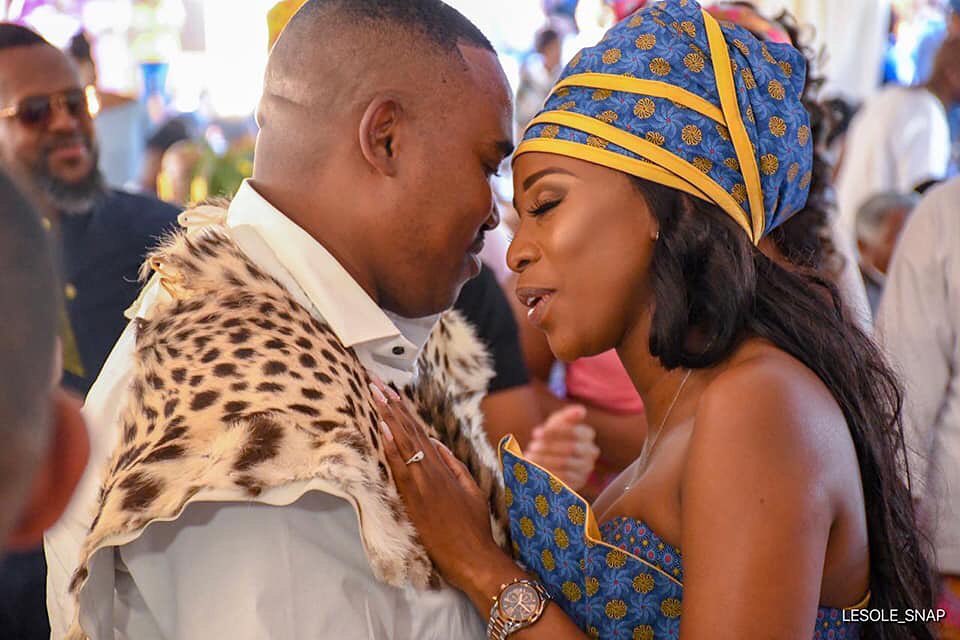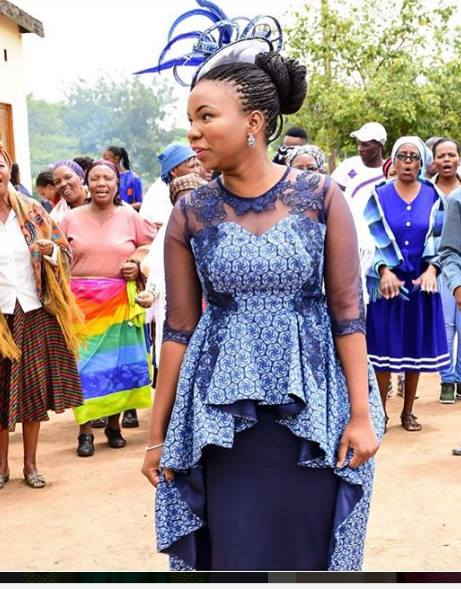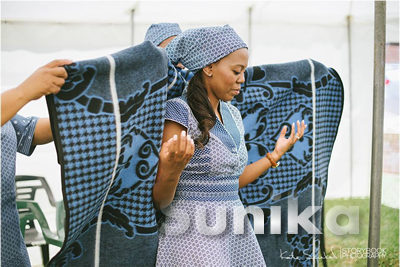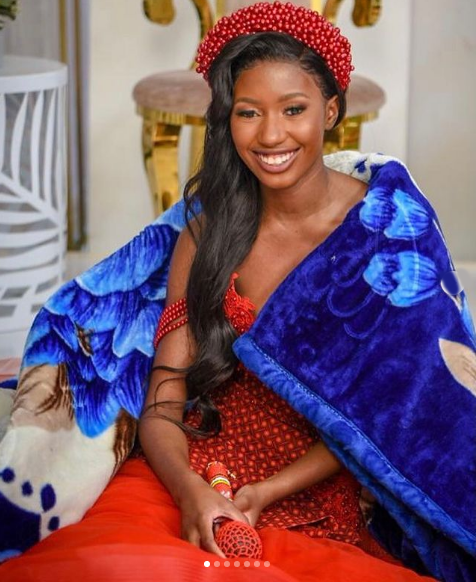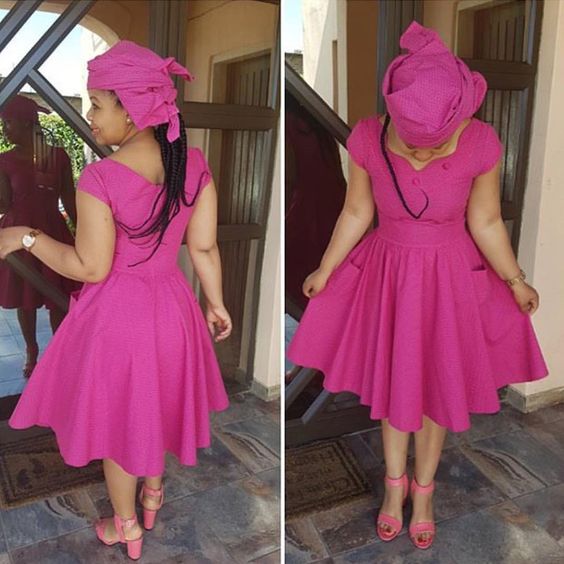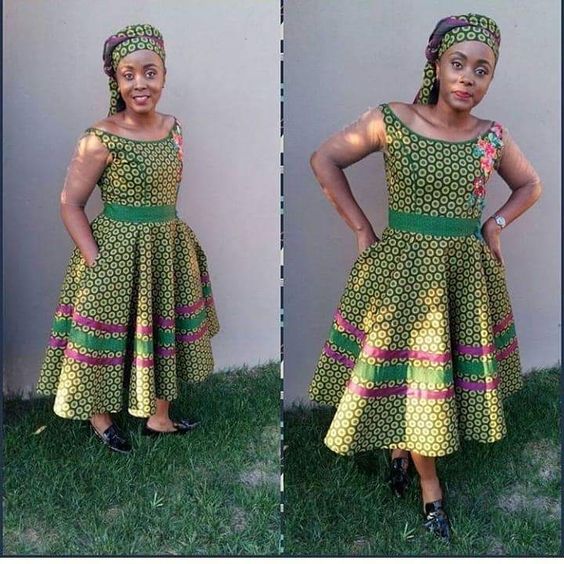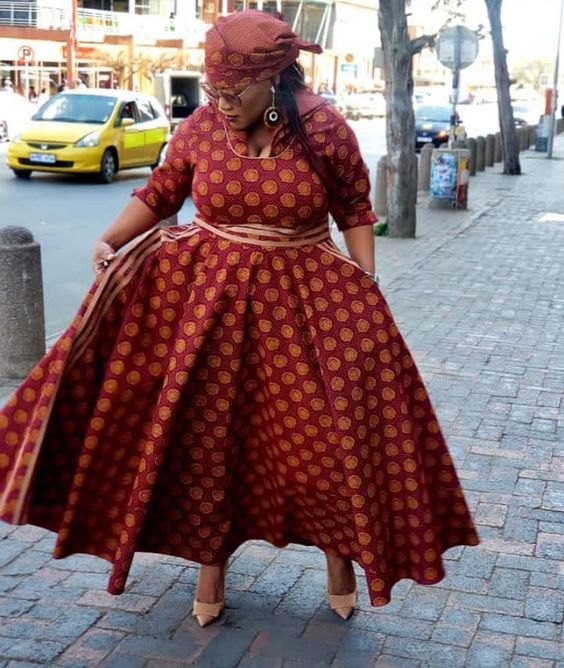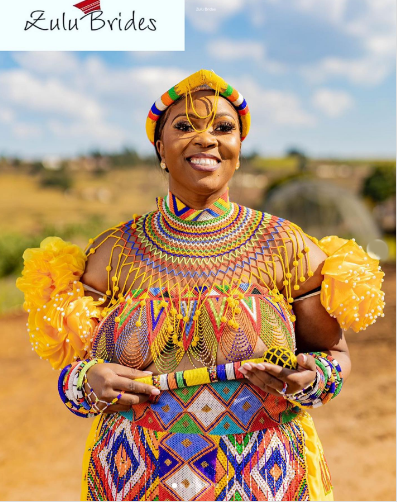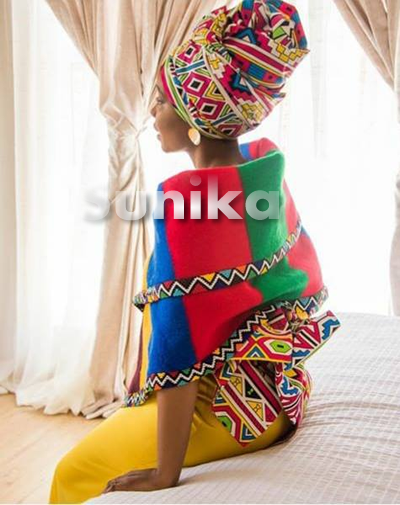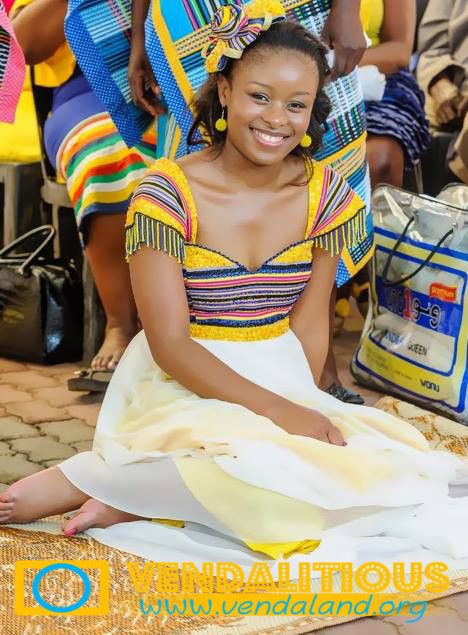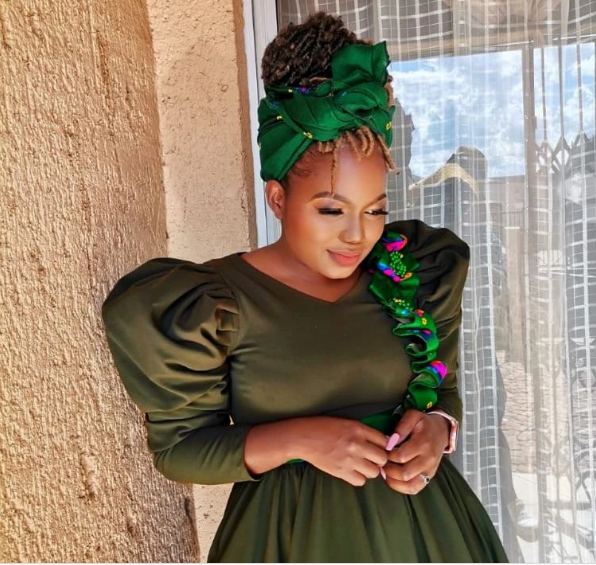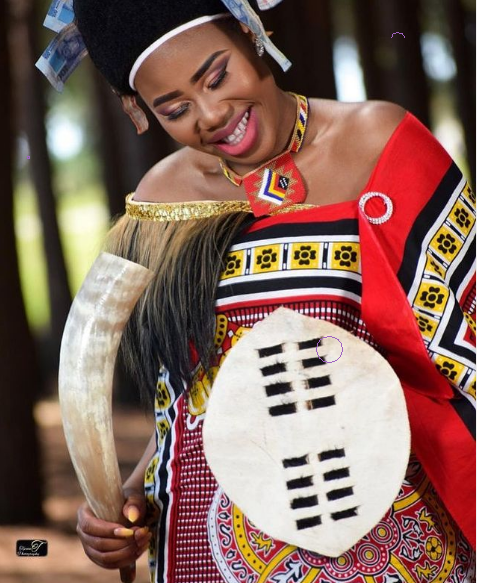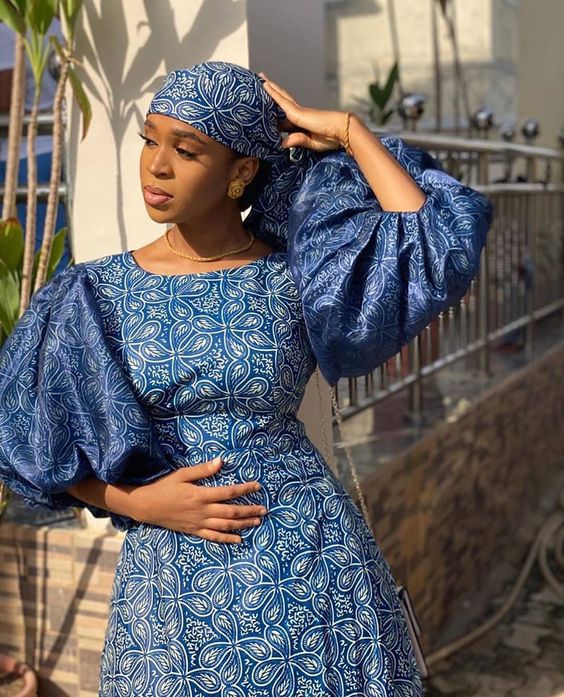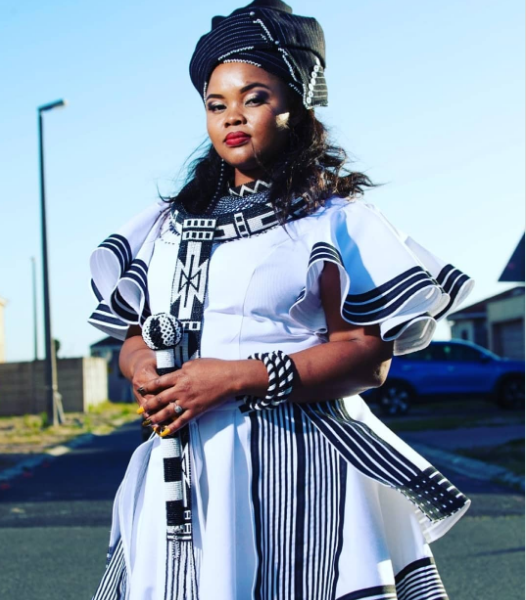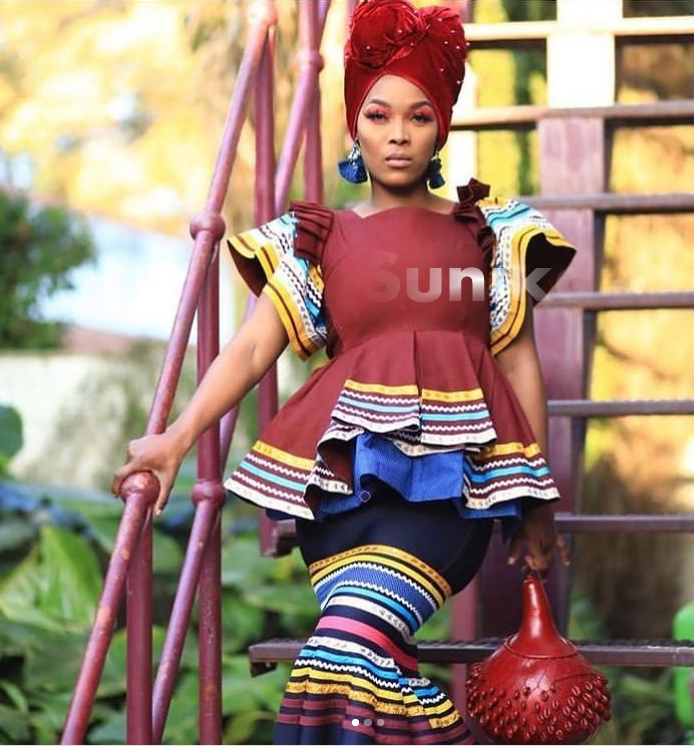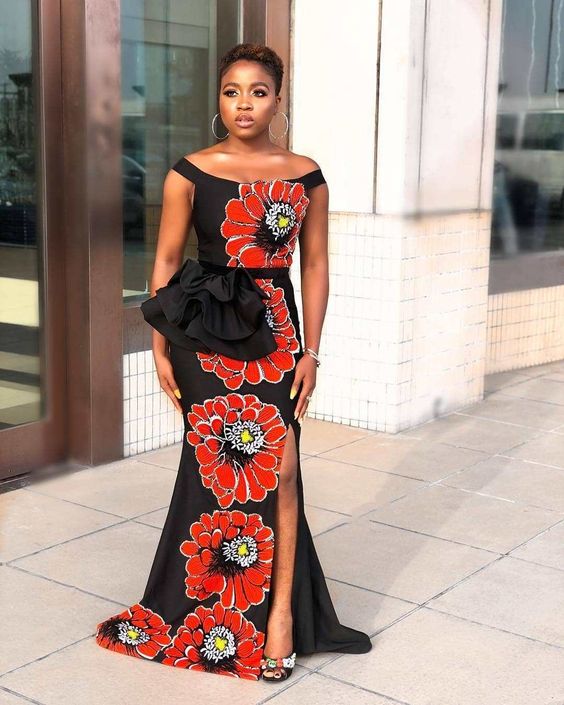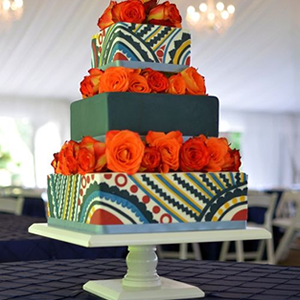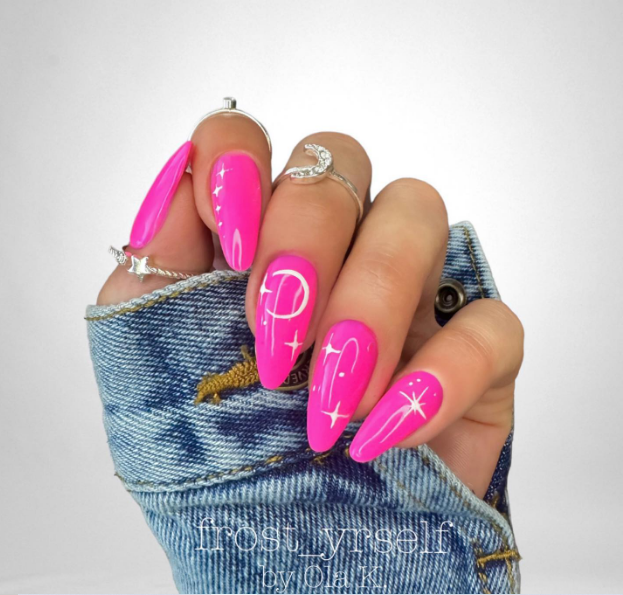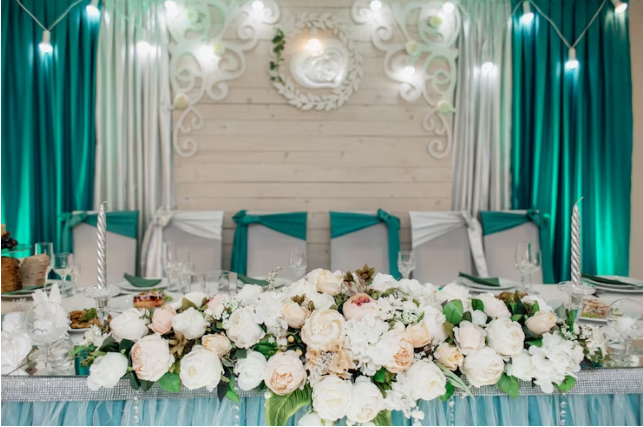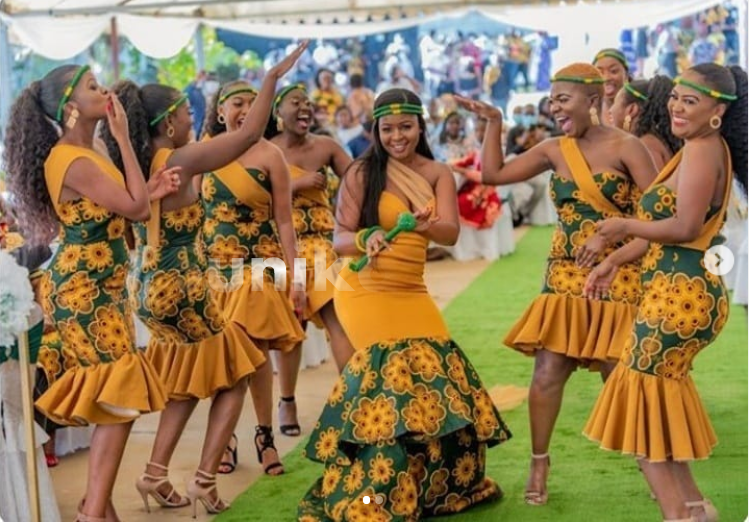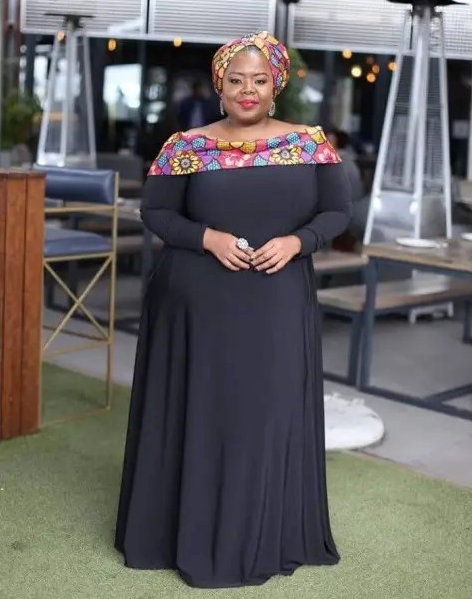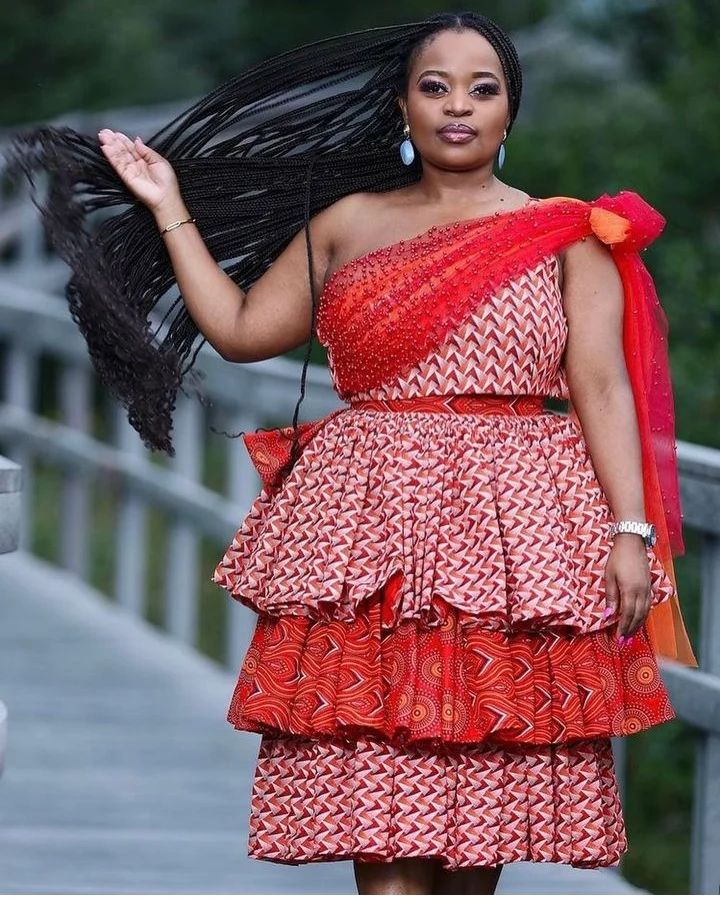In the colorful tapestry of South African culture, Sotho Makoti attire stands out as a beacon of tradition, elegance, and cultural pride. Rooted in the rich heritage of the Sotho people, these garments encapsulate centuries-old customs and beliefs, symbolizing transitions, celebrations, and familial bonds. Let us embark on a journey to explore the captivating world of Sotho Makoti attire, uncovering its origins, design elements, and enduring significance in Sotho society.
Origins and Cultural Significance
In Sotho culture, the term "makoti" refers to a bride or daughter-in-law, and the Makoti attire holds deep symbolic meaning, particularly in wedding ceremonies. When a woman becomes a makoti, she adorns herself in these special garments to honor her new family and pay homage to her roots and ancestors. Thus, Makoti attire serves as a visual representation of respect, tradition, and cultural identity, marking significant milestones in the lives of Sotho women.
Design Elements
Sotho Makoti attire is renowned for its exquisite craftsmanship, vibrant colors, and intricate beadwork. Traditional fabrics such as Basotho blanket cloth or Seshoeshoe are often used, adorned with geometric patterns, symbols, and motifs that convey specific cultural meanings. Each element of the attire, from the silhouette to the embellishments, carries deep significance, reflecting themes of love, fertility, and community.
The silhouette of a Sotho Makoti dress typically features a fitted bodice and a full, flared skirt, creating a regal and graceful appearance. The neckline and sleeves may vary, with some designs incorporating traditional elements such as high collars or puffed sleeves, while others adopt more contemporary styles to suit modern tastes. Accessories such as beaded jewelry, headpieces, and shawls complement the attire, adding an extra layer of cultural authenticity and beauty.
Evolution and Contemporary Adaptations: While deeply rooted in tradition, Sotho Makoti attire has evolved over time to embrace modern influences and trends. Contemporary designers often infuse traditional designs with innovative cuts, fabrics, and embellishments, creating stunning interpretations that resonate with younger generations. This fusion of old and new ensures that Sotho fashion remains vibrant, relevant, and inclusive, reflecting the dynamic nature of cultural identity.
Moreover, Sotho Makoti attire is not limited to wedding ceremonies; it is also worn on various other occasions such as cultural festivals, family gatherings, and religious celebrations. This versatility speaks to the enduring appeal and adaptability of Sotho fashion, transcending borders and generations.
Preserving Tradition
In an era of globalization and rapid change, the preservation of cultural traditions like Sotho Makoti attire is more important than ever. Efforts to safeguard these traditions include initiatives such as cultural festivals, artisan workshops, and educational programs that promote awareness and appreciation of Sotho craftsmanship and heritage. By celebrating and preserving these timeless art forms, communities ensure that their cultural legacy thrives for generations to come.
